Polar Bears
Ursus maritimus. Sea Bear. Ice Bear. Nanuk. Isbjorn. White bear. Beliy medved. Lord of the Arctic. Old man in the fur cloak. White sea deer. These are just some of the names for polar bears.
Ursus maritimus is the scientific name. It means sea bear. Commander C.J. Phipps, an office in the British navy and author of A Voyage towards the North Pole used it for the first time in 1774.
Later, the scientific name Thalarctos gained acceptance. It is a combination of the Greek thalasso, meaning sea, and arctos, meaning bear of the north.
In 1971, polar bear scientists returned to the bear's original scientific name, Ursus maritimus.
Ursus maritimus is the scientific name. It means sea bear. Commander C.J. Phipps, an office in the British navy and author of A Voyage towards the North Pole used it for the first time in 1774.
Later, the scientific name Thalarctos gained acceptance. It is a combination of the Greek thalasso, meaning sea, and arctos, meaning bear of the north.
In 1971, polar bear scientists returned to the bear's original scientific name, Ursus maritimus.
- To the Inuit, the polar bear is Nanuk, an animal worthy of great respect. In their poetry he is Pihoqahiak, the ever-wandering one.
- The Russian term for polar bear is beliy medved, the white bear.
- In Norway and Denmark, the polar bear is isbjorn, the ice bear.
- In eastern Greenland, the polar bear is known as Tornassuk, the master of helping spirits.
- Sami (or Lapp) people refuse to speak the polar bear's real name for fear of offending him. Instead they call him God's dog or old man in the fur cloak.
- Nineteenth-century whalers referred to the polar bear as the farmer because of his slow, pigeon-toed gait.
- The Ket, a Siberian tribe, revere all bears. They call them gyp, grandfather, or qoi, stepfather.

.jpg)




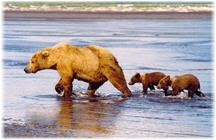












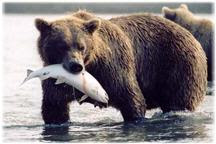





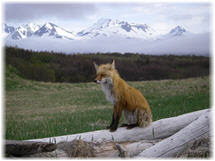

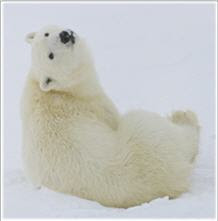













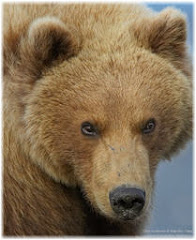




No comments:
Post a Comment